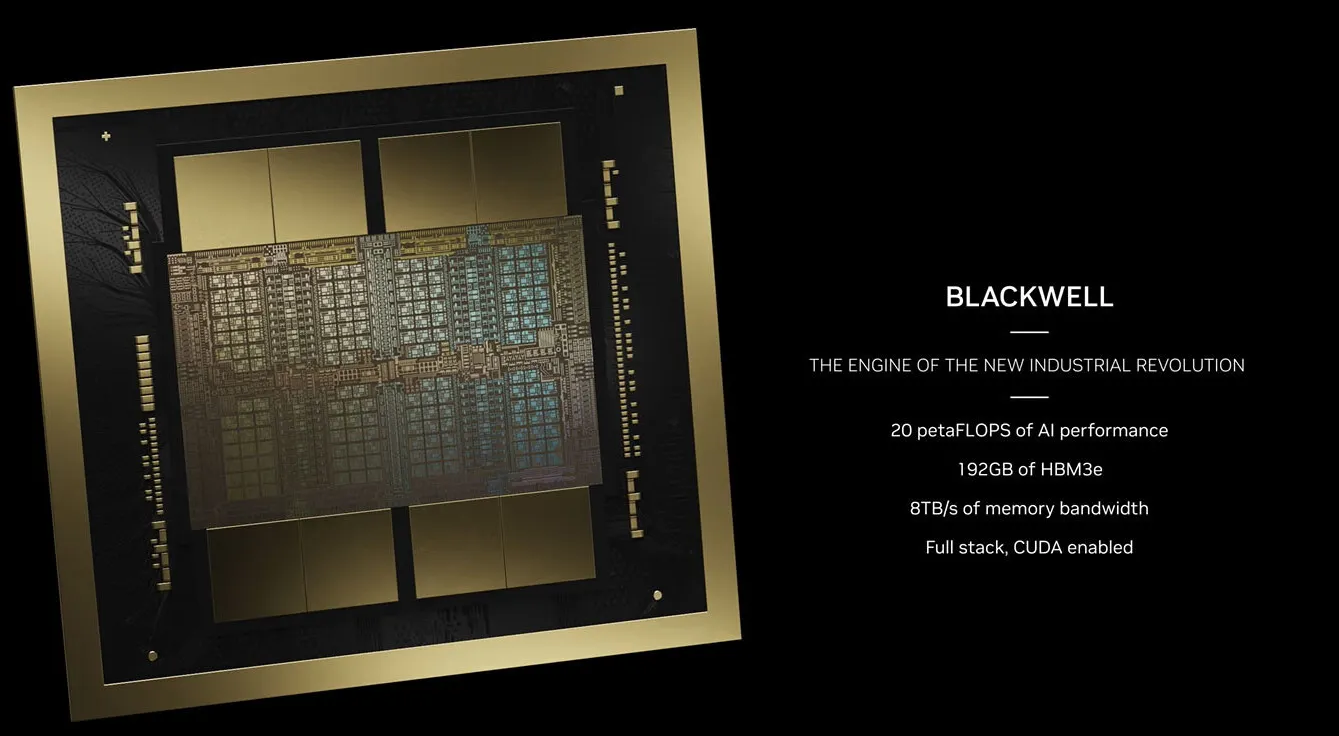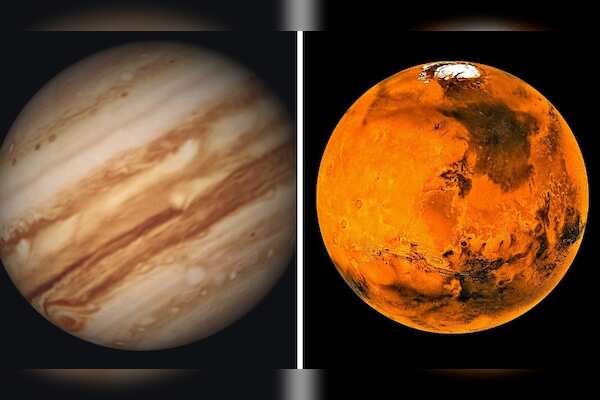Recent images have unveiled a surprising spiral of light surrounding the massive "devil comet" slated to pass by Earth later this year. The luminous green swirl, previously unseen, was discovered using innovative photo editing techniques, adding a new layer of intrigue to this celestial visitor.
Known as comet 12P/Pons-Brooks, it follows a 71-year orbit around the sun in a unique elliptical path, composed of ice and rock.
Its current trajectory brings it closer to the sun, as reported by Spaceweather.com. Like most comets, 12P contains a core of ice, gas, and dust surrounded by a frozen nucleus and an icy dust cloud called a coma.
This icy comet, however, is cryovolcanic, meaning it sporadically erupts when exposed to solar radiation, causing ruptures in its nucleus. These eruptions release cryomagma into space, expanding the coma and making the comet appear unusually bright for a limited time.
Interest in comet 12P peaked among astronomers last July when it erupted after a seven-decade hiatus. Subsequent eruptions revealed a distinctive comet shape resembling demonic horns, hence its ominous moniker. However, recent sightings indicate a disappearance of these horn-like formations.
As 12P nears the sun, its coma becomes more prominent, displaying a green tint due to high dicarbon levels. A noticeable tail composed of dust and ice blown away by the solar wind has also developed, enhancing the comet's visual appeal for eager astrophotographers.
Norwegian astrophotographer Jan Erik Vallestad captured stunning images of 12P and its elongated tail on March 9, utilizing advanced software to highlight the changing brightness of the coma and unveiling an intricate spiral within. A similar spiral structure was documented by Latvian astrophotographer Juris Seņņikovs, using Vallestad's imaging technique.
This spiral pattern is likely a result of small geysers on the comet's surface emitting streams of cryomagma, which twist into visible swirls as the comet rotates, as depicted in the recent photos.









 English (US)
English (US)